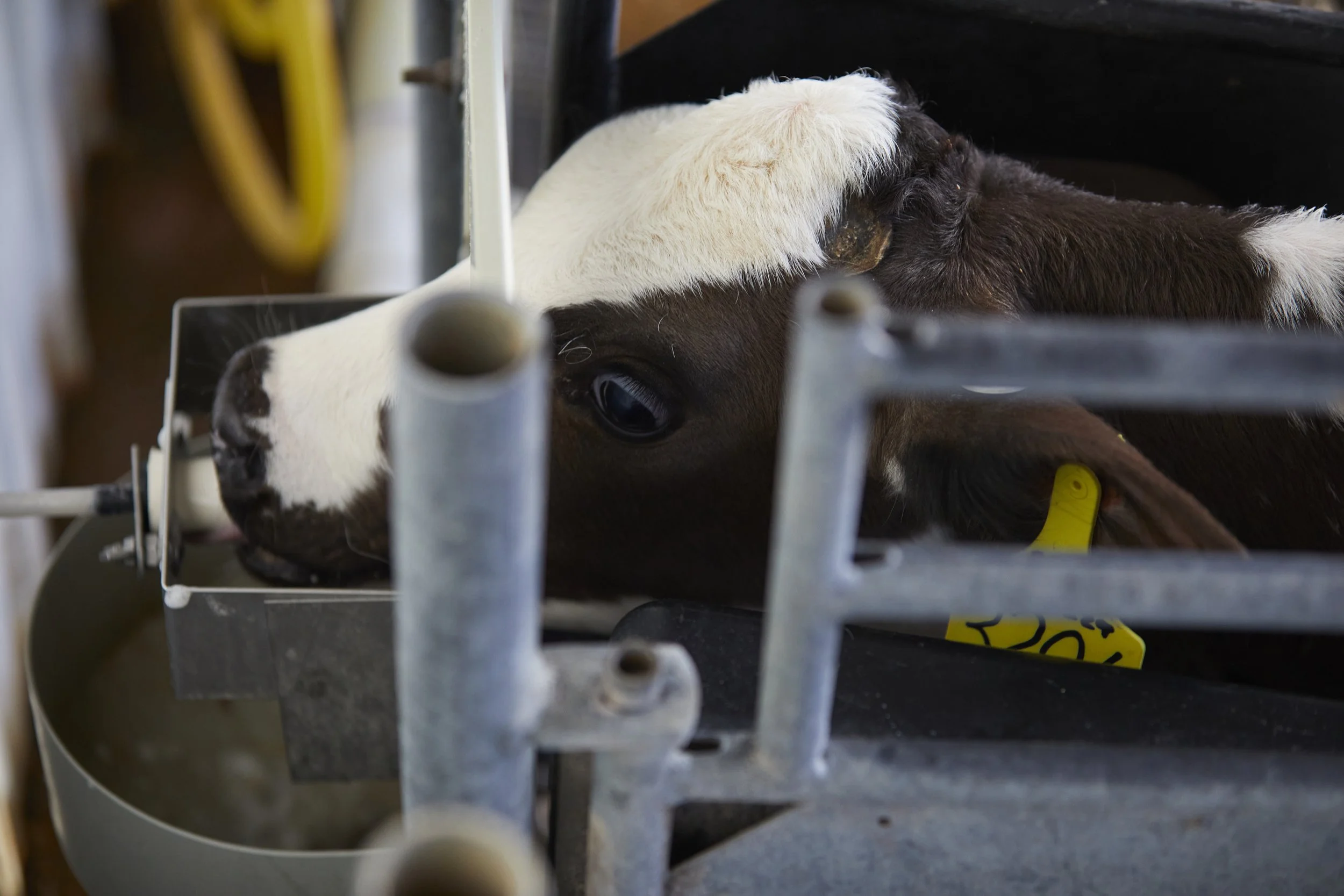Quality Control at Strauss Feeds
Strauss milk replacers are consistently top-notch. We spoke with Strauss’s Lab Coordinator Anne Heywood about what her work in the lab does to insure consistency and quality.
What do you test in the lab?
We test all the ingredients to make sure they are what they say they are. We test protein and fat content, that they have a low bacteria count, as well as minerals, pH, solubility and ash content to guarantee that it meets all the specifications. The ingredients go into the plant, they mix all the products, then the products come back to lab and we make sure, again, that they have the appropriate fat content, the protein content, and the low bacteria counts. We also test for proper pH, mixability and solubility, so that we’re sure that when we send our products to the customers, they’re top notch. And we always go above and beyond what’s expected.
So you test the ingredients before they’re mixed together and then again once the product is made for the customer?
Yes, both. So, we really do a great job. Strauss Feeds really ensures that the ingredients that are coming in are quality, and once they’re mixed, that the products we send out to our customers are quality, too.
We have standards that our products need to meet and so we find out where our ingredients fall in there compared to the standard curve. And we do some tests in parts per million so it’s very small when you think of something being a part per million.
How many times a week are you testing ingredients?
We do it every day. We test probably anywhere from 10-12 products a day and then several ingredients and we run protein, fat, bacteriology, pH, mixability, and solubility tests. We also run tests on minerals, ash content at least a couple times a week. We also test moisture content and peroxide values when needed.
“It’s great working for a company that takes pride in giving their customers the best that’s available.”
What’s one thing you want our customers to know about your work in the lab?
Easy. That’s an easy question. We always have minimum requirements we’re meeting. So minimum requirements of protein, minimum requirements of fat. We are always at or above that minimum. And we’re usually above. It always impresses me that, for example, if the standard is 10, and we have a range that it has to be between 9 and 11, we’re almost always between10 and 11. It just makes me very proud that we’re not skimping, we’re doing what’s required or more. It’s great working for a company that takes pride in giving their customers the best that’s available. Our goal is to meet or exceed our customers’ expectations.
Anne Heywood, Lab Coordinator at Strauss Feeds’ lab in Watertown, Wisconsin



When Nick Zubke started his job in maintenance at Strauss Feeds in 2013, it was a homecoming of sorts. “I’m from Watertown and live in the house where I grew up, which is about 2 miles from the Strauss plant,” he shared. “The plant has been a part of our ‘neighborhood’ for my entire life.”